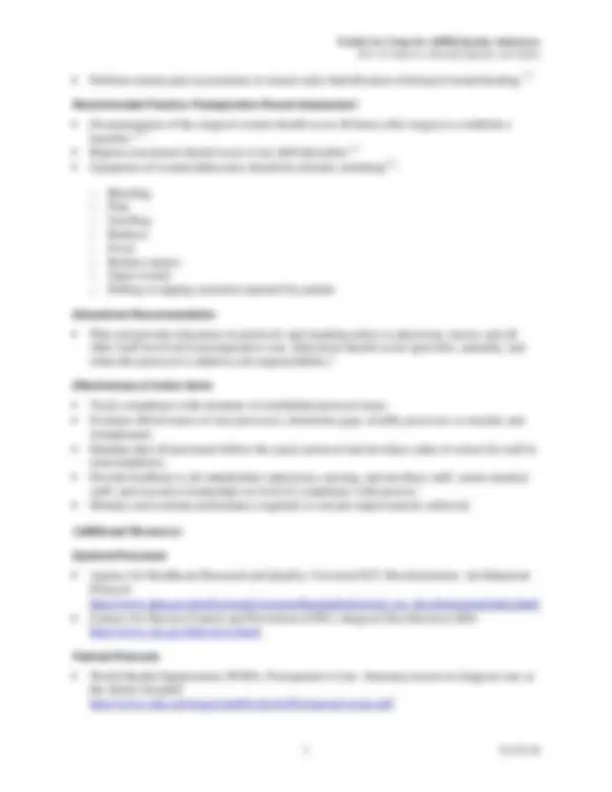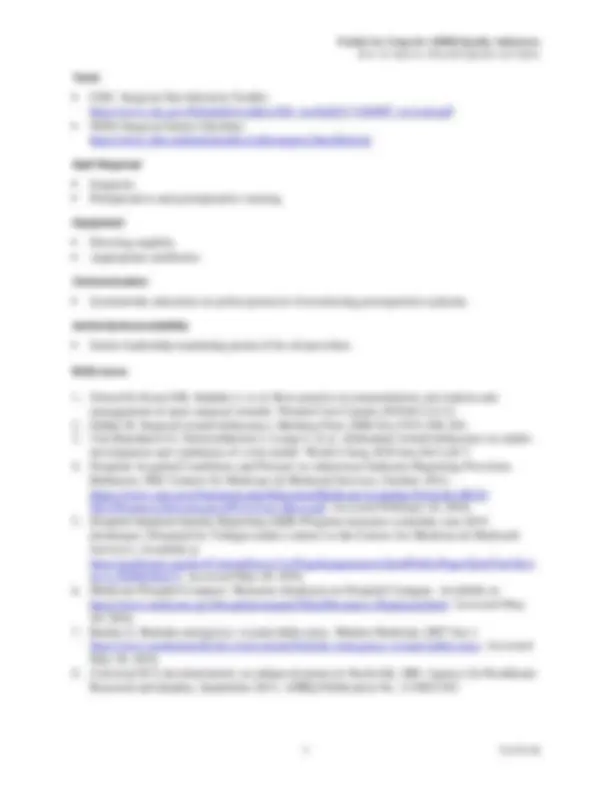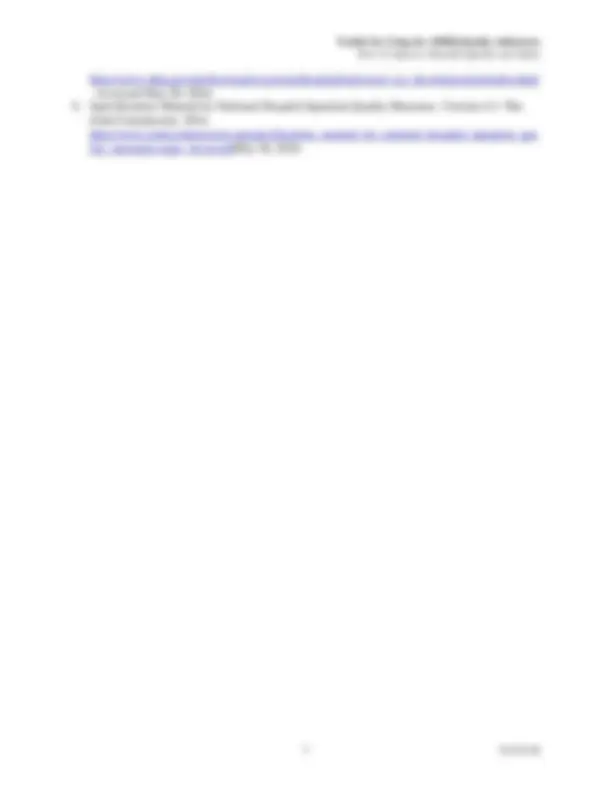





Study with the several resources on Docsity

Earn points by helping other students or get them with a premium plan


Prepare for your exams
Study with the several resources on Docsity

Earn points to download
Earn points by helping other students or get them with a premium plan
Community
Ask the community for help and clear up your study doubts
Discover the best universities in your country according to Docsity users
Free resources
Download our free guides on studying techniques, anxiety management strategies, and thesis advice from Docsity tutors
A toolkit from the Agency for Healthcare Research and Quality (AHRQ) that provides best practices and suggestions for hospitals to improve patient care and reduce the incidence of postoperative wound dehiscence. the significance of postoperative wound dehiscence, its risk factors, and recommended practices for risk assessment, preventing surgical site infections, and postoperative wound assessment.
Typology: Lecture notes
1 / 5

This page cannot be seen from the preview
Don't miss anything!




How To Improve Hospital Quality and Safety
Selected Best Practices and Suggestions for Improvement
PSI 14: Postoperative Wound Dehiscence
Why Focus on Postoperative Wound Dehiscence?
Recommended Practice Details of Recommended Practice Wound dehiscence risk assessment.
Determine risk factors for postoperative wound dehiscence and identify patients at risk.1-3, Reduce the incidence of surgical site infections.
Administer timely and appropriate antibiotics preoperatively and postoperatively. 1, Postoperative wound assessment.
Assess the surgical wound postoperatively and document any findings of wound dehiscence. 1,2,
Best Processes/Systems of Care
Introduction: Essential First Steps
Recommended Practice: Wound Dehiscence Risk Assessment
How To Improve Hospital Quality and Safety
o Patient related:
Anemia Hypoproteinemia Jaundice Male gender Overweight Increasing age Infection Poor nutrition Diabetes Smoking Malignany Chronic pulmonary disease Presence of prior scar or radiation at the incision site Noncompliance with postoperative instructions (such as early excessive exercise or lifting heavy objects) Increased pressure within the abdomen due to: fluid accumulation (ascites); inflamed bowel; severe coughing, straining, or vomiting Long-term use of corticosteroid medications
o Procedure related:
Emergency surgery Types of surgery (clean vs. contaminated) Surgical error
o Encourage elimination of smoking products before surgery. 1, o Optimize nutrition before surgery, especially increased protein.1,
Recommended Practice: Reduce the Incidence of Surgical Site Infections
o Hair removal with clippers, depilatory, or no hair removal at all
o Primary: Dry, sterile cover dressing for 24-48 hours o Secondary and chronic: Dressings that provide a moist wound healing environment while preventing it from becoming too wet
How To Improve Hospital Quality and Safety
Tools
Staff Required
Equipment
Communication
Authority/Accountability
References
How To Improve Hospital Quality and Safety
http://www.ahrq.gov/professionals/systems/hospital/universal_icu_decolonization/index.html
. Accessed May 20, 2016.